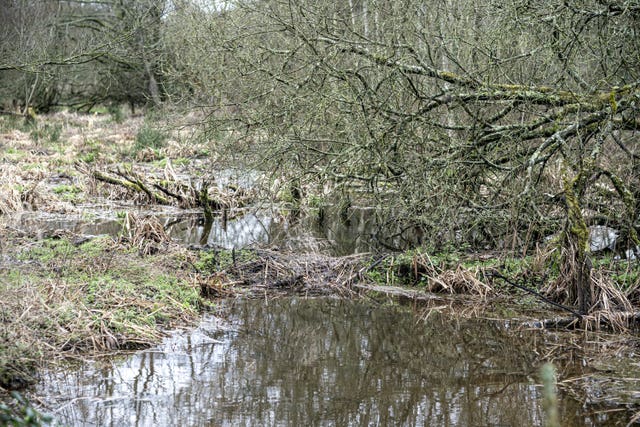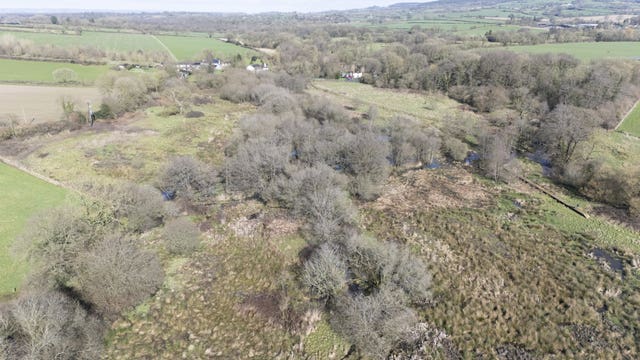‘When you put them back our wildlife blossoms’ – How beavers help nature, and us
The Government has announced beavers can be released into the wild in England under licence, with the first reintroduction expected soon.

Signs of the River Otter’s most famous residents are easy to spot, from coppiced trees, dams and new wetlands to wildlife watchers on a summer’s evening.
Despite the Devon river’s name, beavers are responsible for all these sights, and the conservationists who have worked for years to keep them on the waterway say their presence has shown the wide range of benefits the species can bring.
And, as the Government gives the green light to licensed wild releases in England, the River Otter experience has also given valuable insights into what is needed to ensure beavers and people can thrive alongside each other, wildlife experts say.
Reports of beavers living on the river started in around 2006, and by 2014, when video evidence of youngsters, known as kits, showed the animals were successfully breeding, the question was what to do about them.

After five years, the River Otter beaver project, a partnership led by Devon Wildlife Trust and involving Clinton Devon Estates, Derek Gow Consultancy and the University of Exeter, reported back on the range of benefits the animals provided in the catchment.
Those include curbing flooding, with the trial showing a 30% reduction on average in flood peaks downstream.
And their storage of water in the catchment mitigates drought and is “amazing for biodiversity”, according to Peter Burgess, director of nature recovery at Devon Wildlife Trust.
That is important in the UK, where the management of wetlands and rivers have left them a “shadow of their former selves”, he said, with a 70% decline in wetlands since 1700, and just 16% of English rivers in good ecological condition.
Straightening, channelling and putting rivers underground has increased the risk of pollution, floods and droughts because water is not being stored in the catchments.

Frogs and toad numbers have increased, and reintroduced water voles have benefited from networks of channels, streams, and little ponds created by the beavers reconnecting the main river to the flood plain.
Mr Burgess said: “It’s the best example we’ve got of an ecosystem engineer that’s fantastic for wildlife, but it’s also doing all this stuff for society.
“When you put them back, our wildlife blossoms”.
They have also proved a draw for tourists, even foreign visitors, who come to see the River Otter beavers, generating extra income for local pubs and other venues.
But concerns have been raised about the return of beavers ranging from flooding of productive farmland to even the future of cricket bats, made from willows that the beavers favour for food.
So the trial looked at whether communities could be supported to live alongside the beavers successfully.
Mr Burgess said that while it found the beavers were delivering overwhelming benefits for the river habitat, there were times when action was needed, for example to bring down raised water levels when they affected roads or important crops.
“There’s a whole range of simple interventions we can make that means those conflicts which may occur can be really successfully managed, ” he said.

“What we want from Government, amongst other things, is to be able to incentivise and reward landowners that are making more space for water, so that is naturally part of their farming systems, so they can still farm these areas but they are rewarded,” he said
That could be through the Government’s environmental land management scheme which pays farmers and landowners for environmental efforts such as clean water and habitat creation.
Any project that is looking now to release beavers into the wild has to assess where the animals are going to be able to thrive, but crucially also where communities support their return, he said.
But where beavers can return, there is a benefit beyond practical ones such as reducing flooding, Mr Burgess suggests.
“At the most emotional level, it’s a conservation success story.
“When we’re in one of the most nature depleted countries in the world, to have the ability to bring a species back does give people hope, it gives them pride,” he said.





